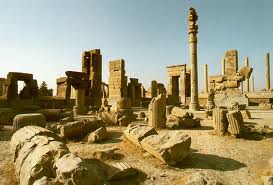''Freedom had a price'' (Satrapi, 341)
This last reading of The Complete Persepolis was really intense. After being in Europe for several years, Marjane decided to come back to Iran. Well, it was not just an average ``decision``, she was practically forced to because of the conditions she was in, in Europe. Before she left Europe, she was a homeless person who traveled around in trains for shelter and, a person who smoked cigarette butts that she would find on the ground. She also almost died from a serious case of untreated bronchitis. At this point in the book, I was thinking ''wow, how could she have let this happen?''. As usual, I stopped reading, put the book down on my lap, flipped to the about-the-author blurb on the back and reminded myself that what I'm reading actually happened. Its hard to imagine that the picture of the smiling Marjane Satrapi (who, in my opinion, looks so sophisticated) is the same person who was in a very financially disadvantaged (to be politically correct) state.
Thankfully, she makes it back to Iran. Although Iran is generally viewed as the country with all the problems, I honestly felt more comfortable reading about her dangerous life in Iran than her ''sketchy, druggy, punk'' (to be politically incorrect) life in Europe.
Clearly, Marjane and her family did not agree, so, once again, she moves to Europe again (for the last time). This part of the book is really sad. Even though she had already left her family once, it is worse this time because I knew she would never come back. On the last page, as she says her final goodbyes, she says ``and my grandma was there happily.. since..1994, I only saw her again once. She died January 4th, 1996.. Freedom had a price...'' (341, Satrapi) In Marjane's case, she left the repressive country of Iran for freedom in Europe, but had to leave family members and other things she loved behind. The price that she payed here, is that for freedom, she had to leave behind her grandma, who died shortly after. This part was also the last page of the book. I wanted to keep reading and find something that could cheer me up, but nothing could. At least this was a good slap in the face from reality. In real life you cant go back and you cant keep reading, because somethings just end.
But anyways! Overall this book was great in so many ways! Im very excited (well excited as one could be for having to do more school work) to present to the class why I think this book is a good one to read and study for ENG4U! This is also my last blog post..so goodbye to who ever/if anyone is reading this! And remember to check out ''About the Author'' in the top right corner!
And as for the people in my group, COMMENT!! :)
This last reading of The Complete Persepolis was really intense. After being in Europe for several years, Marjane decided to come back to Iran. Well, it was not just an average ``decision``, she was practically forced to because of the conditions she was in, in Europe. Before she left Europe, she was a homeless person who traveled around in trains for shelter and, a person who smoked cigarette butts that she would find on the ground. She also almost died from a serious case of untreated bronchitis. At this point in the book, I was thinking ''wow, how could she have let this happen?''. As usual, I stopped reading, put the book down on my lap, flipped to the about-the-author blurb on the back and reminded myself that what I'm reading actually happened. Its hard to imagine that the picture of the smiling Marjane Satrapi (who, in my opinion, looks so sophisticated) is the same person who was in a very financially disadvantaged (to be politically correct) state.
Thankfully, she makes it back to Iran. Although Iran is generally viewed as the country with all the problems, I honestly felt more comfortable reading about her dangerous life in Iran than her ''sketchy, druggy, punk'' (to be politically incorrect) life in Europe.
Clearly, Marjane and her family did not agree, so, once again, she moves to Europe again (for the last time). This part of the book is really sad. Even though she had already left her family once, it is worse this time because I knew she would never come back. On the last page, as she says her final goodbyes, she says ``and my grandma was there happily.. since..1994, I only saw her again once. She died January 4th, 1996.. Freedom had a price...'' (341, Satrapi) In Marjane's case, she left the repressive country of Iran for freedom in Europe, but had to leave family members and other things she loved behind. The price that she payed here, is that for freedom, she had to leave behind her grandma, who died shortly after. This part was also the last page of the book. I wanted to keep reading and find something that could cheer me up, but nothing could. At least this was a good slap in the face from reality. In real life you cant go back and you cant keep reading, because somethings just end.
But anyways! Overall this book was great in so many ways! Im very excited (well excited as one could be for having to do more school work) to present to the class why I think this book is a good one to read and study for ENG4U! This is also my last blog post..so goodbye to who ever/if anyone is reading this! And remember to check out ''About the Author'' in the top right corner!
And as for the people in my group, COMMENT!! :)
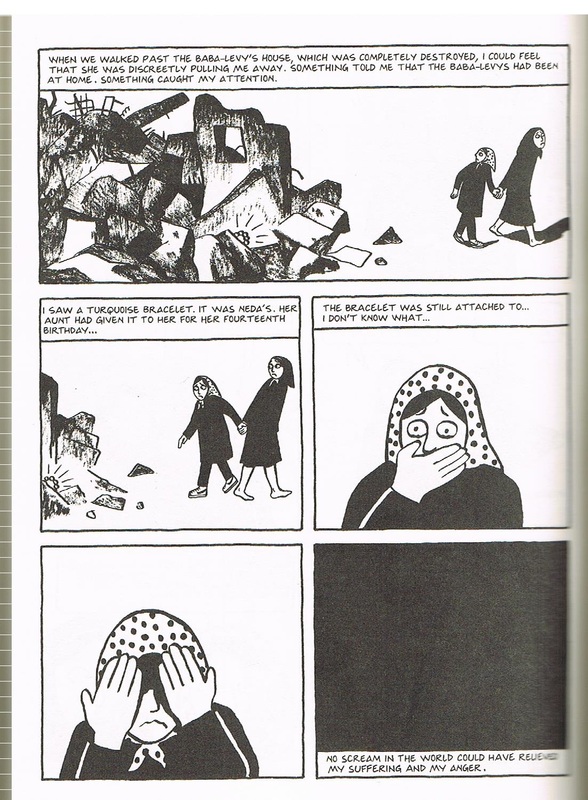
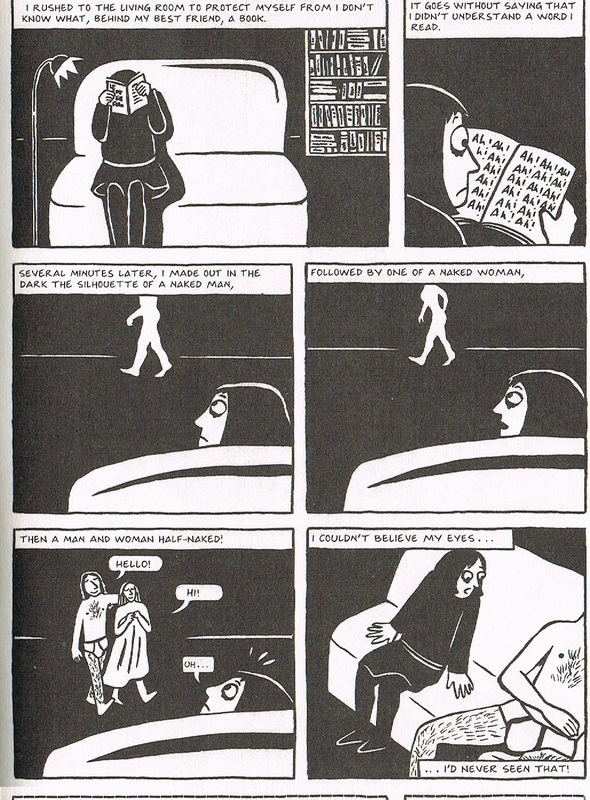
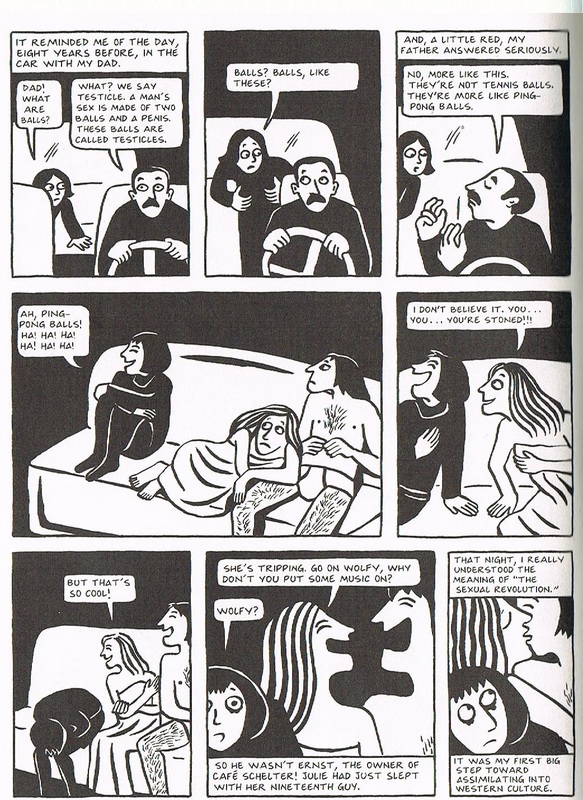
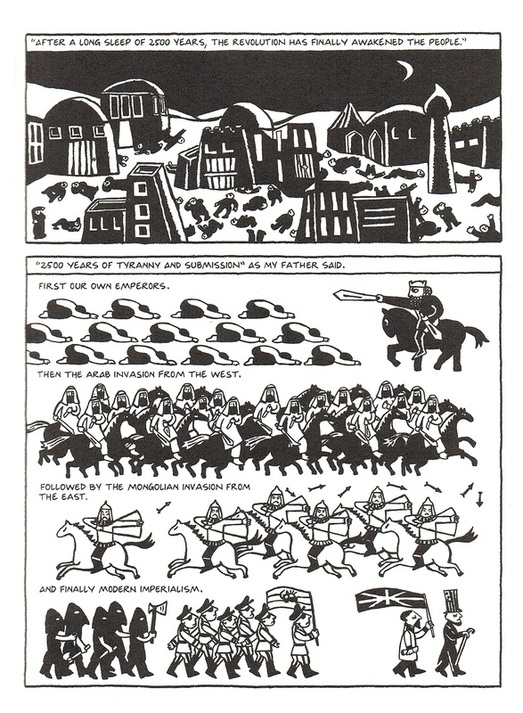
 RSS Feed
RSS Feed